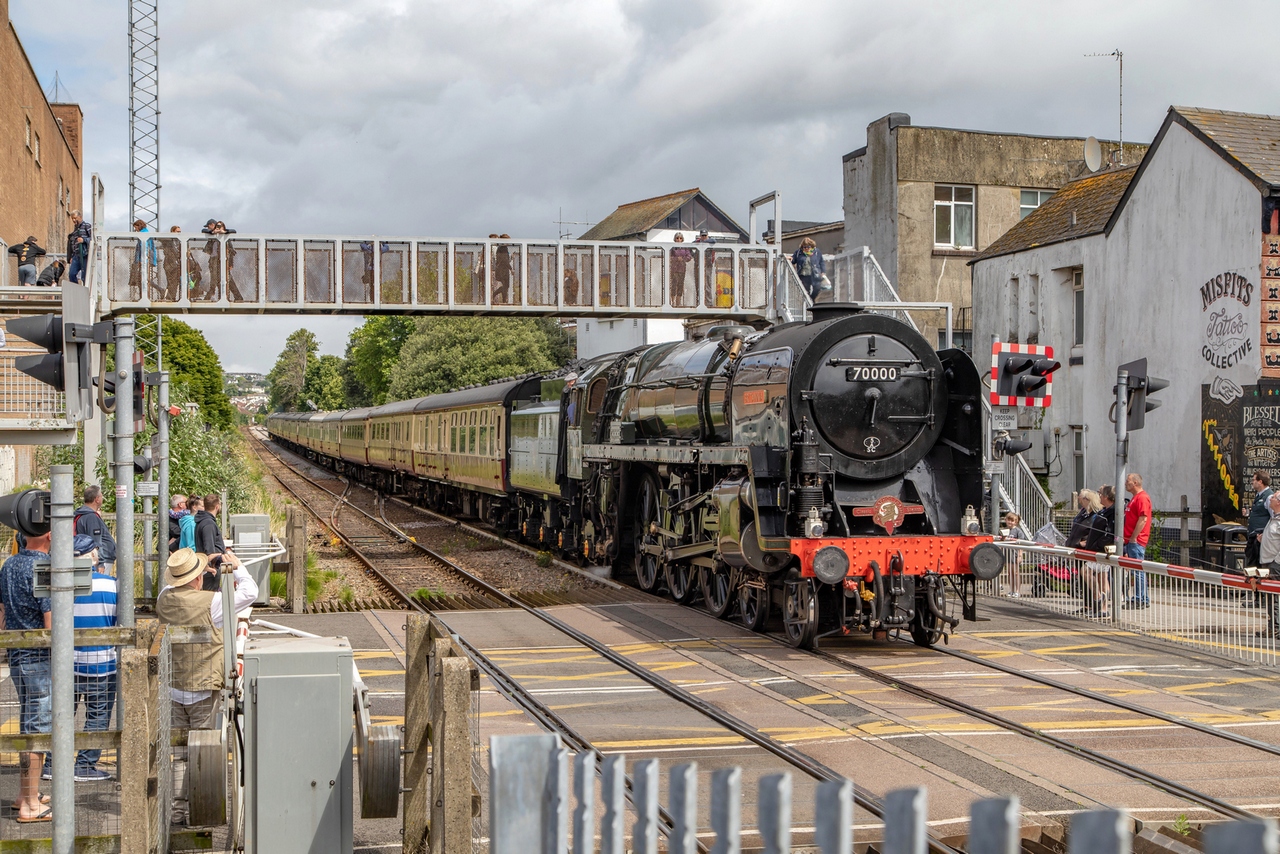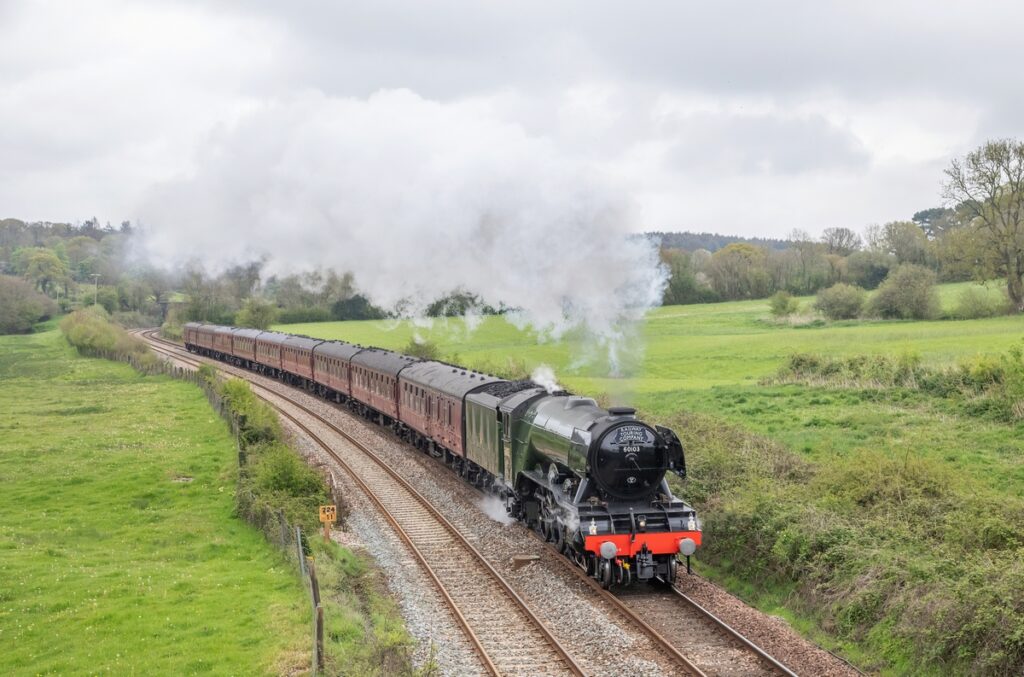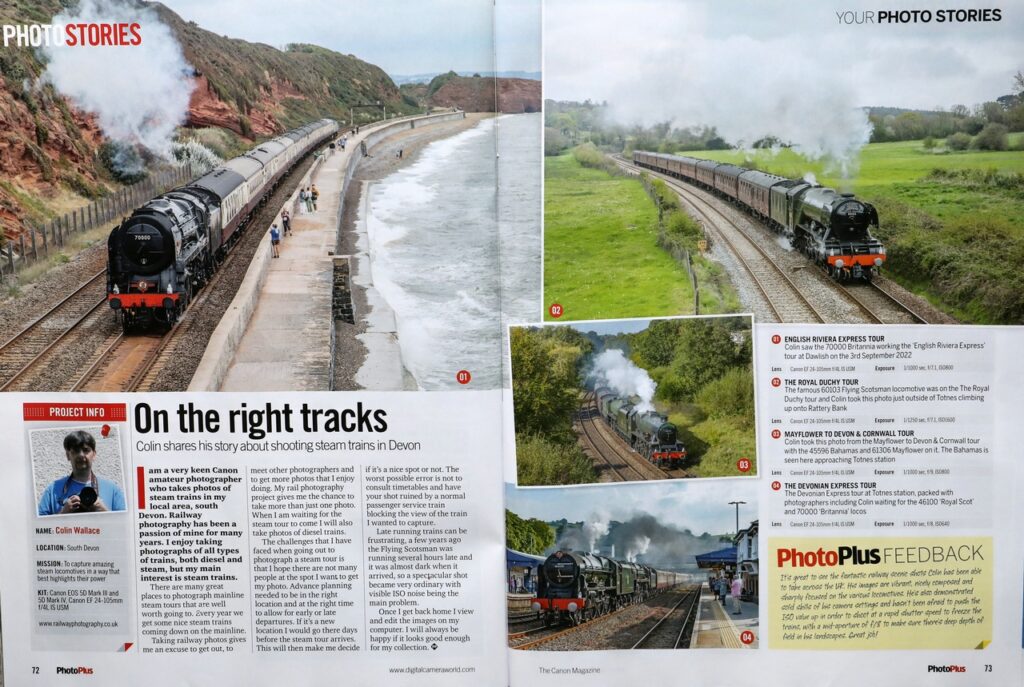How to Capture Stunning Railway Photographs
Railways have long been a captivating muse for photographers, offering an inexhaustible canvas of striking locomotives and expansive tracks. Whether you’re a seasoned lensman or embarking on your photographic journey, immortalizing breath taking railway shots can be an exhilarating venture. Armed with the perfect gear, ideal backdrop, impeccable lighting, artistic framing, and essential safety measures, you have the potential to craft visuals that authentically embody the grandeur and elegance of these awe-inspiring mechanical marvels. This piece, entitled “Mastering the Art of Captivating Railway Photography,” delves into these pivotal components, guiding you towards achieving the pinnacle of railway photography excellence.
Choose the right equipment
Selecting the appropriate equipment plays a pivotal role in capturing captivating railway photographs. Your camera and lens choice wield a significant impact on the ultimate image quality. Opting for a camera featuring manual controls empowers you to finely tune aperture, shutter speed, and ISO settings to achieve the perfect exposure. In the realm of railway photography, a telephoto lens boasting a focal length of at least 200mm proves optimal for intricately capturing train details while artfully blurring the backdrop. Employing a tripod can further enhance image stability, reducing the likelihood of blurry shots. Additionally, it’s prudent to pack supplementary batteries and memory cards to ensure no moments go undocumented.
Find the right location
Discovering the ideal location stands as a pivotal factor in seizing striking railway photographs. Seek out spots that present the train in a compelling and visually captivating manner. This might encompass scenic vistas with picturesque landscapes, locales featuring distinctive architecture, or places steeped in historical significance. Evaluating the lighting conditions is equally crucial. Opting to shoot during the golden hour – the period following sunrise or preceding sunset – can yield a warm and gentle illumination, ideal for immortalizing breath taking railway shots. Additionally, thorough research into train schedules and routes is recommended to pinpoint the prime time and locale for your shoot. Meticulous pre-planning empowers you to optimize your time and enhance your chances of capturing that picture-perfect moment.
Get the lighting right
Achieving optimal lighting is paramount in the realm of captivating railway photography. While the golden hour, characterized by the initial sunlight hour after sunrise or the closing hour prior to sunset, furnishes a soft, inviting radiance that imparts depth and dimension to your captures, alternatives exist when this timeframe is unavailable. By meticulously gauging light direction and intensity, you can still craft compelling visuals. Sidestep harsh overhead illumination, which can cast unflattering shadows, and instead seek out diffused light havens like beneath bridges or within building shadows to ensure your images shine.
Photo Details:
BR Standard Class 7 No: 70000 ‘Britannia’ with D1924 on the rear is seen arriving at Paignton station working the 1Z60 0635 Poole to Kingswear ‘English Riviera Express’ tour on the 2nd July 2022
When capturing night time scenes, employing a tripod to stabilize your camera and extend exposure times can yield exceptional results. Embrace creative experimentation by integrating flashes or artificial lighting to accentuate the train and its surroundings. Ultimately, honing in on lighting nuances and tailoring your shooting techniques can pave the way to capturing mesmerizing railway photographs.
Pay attention to composition
When delving into railway photography, crafting a compelling composition holds paramount significance. Composition encompasses the arrangement of diverse elements within the image, synergizing them to form a visually satisfying portrayal. Fundamental to composition is the rule of thirds, a principle that segments the frame into nine equal parts through both horizontal and vertical divisions, strategically situating the focal point along the lines or intersection points rather than the center. This technique injects dynamism and intrigue into the image, culminating in a more captivating visual narrative.
Framing plays a pivotal role; deliberate on what to incorporate and exclude in your shot. Focus on the foreground, middle ground, and background, aiming to foster depth by featuring elements at diverse distances from the camera. Leveraging leading lines, such as the tracks themselves, can be potent, guiding the viewer’s gaze towards the central subject, adding a dynamic element to your railway photographs.
Take safety precautions
When taking railway photographs, safety should always be a top priority. Trains can be dangerous, and it is essential to stay away from restricted areas and obey all warning signs and signals. Make sure to stand in a safe place, away from the tracks and onlookers.
Photo Details:
LMS Princess Coronation Class No: 6233 ‘Duchess of Sutherland’ is seen climbing Rattery Bank working the 1Z48 Exeter to Penzance ‘The Great Britain XIV’ rail tour on the 28th April 2022
It is simultaneously crucial to respect the privacy of railway employees and not interfere with their work. Do not climb onto trains or tracks or attempt to take photos from restricted areas. Additionally, be aware of your surroundings and potential hazards, such as uneven terrain or tripping hazards.
The post How to Capture Stunning Railway Photographs appeared first on Railway Photography.


